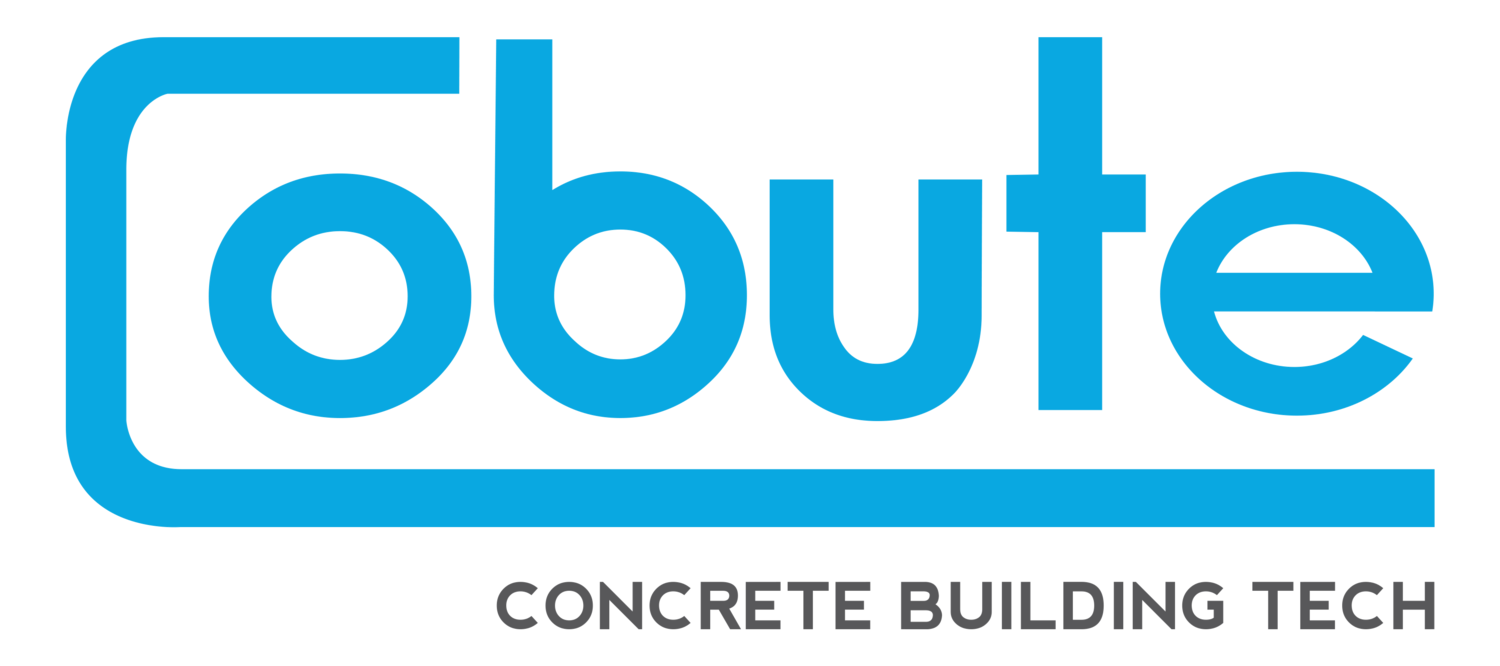OPTICAL COATING AND THE CONCRETE OF THE FUTURE
Concrete is one of the most complex group of heterogeneous engineering materials used around the world - in its conventional production, it consists of sand, cement and gravel of different sizes. While its efficiency and efficacy have been thoroughly studied and tested, its impact on natural resources is also well known. In fact, a key area for researchers is the creation of new types of concrete, intended to include waste polymer materials such as municipal waste in its production, therefore reducing the consumption of natural resources.
In spite of the continuous improvements, evaluating the fracture toughness of different materials still remain a difficult task - The Engineer Magazine published an important breakthrough from the University of Leeds, where optical coating was used for the first time in toughness tests. This is a very important step for the future sustainability of such important ingredient of the building scene worldwide.
An usual image from building sites around the world.
In a project carried out in collaboration with the Centre for Advanced Materials at Qatar University and partially funded by the Qatar National Research Fund, the Leeds team, led by Joseph Anthony of Leeds’ School of Chemical and Process Engineering, tested 7 concrete beams samples, made with mixes including steel fibre, fly ash, silica fume, virgin and recycled low and high-density polyethylene in different proportions. The notched beams were prepared after the standard 29 and 90 days curing period.
However, the researchers applied a thin epoxy coating that exhibits an optical property called birefringence, which allows light waves to be reflected from the surface of the concrete through the coating split in different directions in relation to the amount of stress acting on the material in that direction. Putting the concrete under stress and taking pictures using a detector known as a photonic camera reveals where the stresses are most extreme before the concrete cracks.
Light reflected through the coating shows stress as a “candle-flame” effect in a photonic camera image. Source: The Engineer
This is the first experiment in which birefringence was used to measure shear stress or concrete toughness; according to Antony, it can measure the strain directly with high precision, making the use relevant in assessing the failure strength of materials.
“We believe this new photonic or optical approach to fracture testing could be applied not only to develop sustainable manufacturing using materials that would otherwise be discarded as waste, but also in other diverse engineering designs including mechanical, civil, materials, electronics and chemical engineering applications.”





